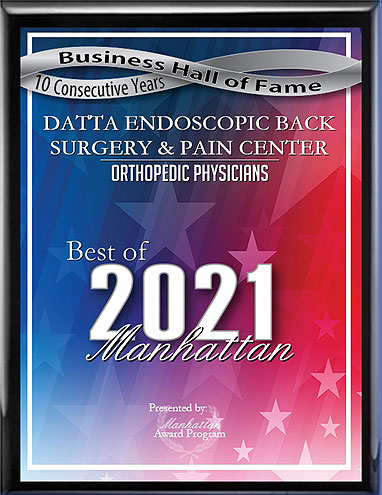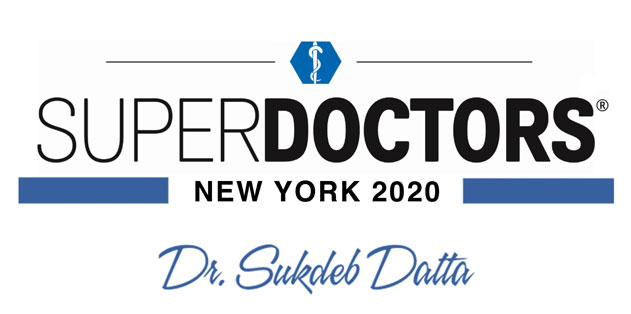For years, open back surgery, also known as traditional back surgery, was the only way to operate on the spine. This type of procedure is effective, but very invasive. Fortunately, minimally invasive back surgery now exists as a safer alternative, and can be used on a majority of common spine conditions.
How Minimally Invasive Back Surgery Works
During minimally invasive back surgery, the doctor makes only a tiny incision in order to access the area that is being operated on. Then, the doctor may insert a camera in order to see the area. The doctor may also insert tools, such as a laser probe, in order to operate on the spine.
Minimally invasive spine procedures are typically performed in an outpatient setting, under local anesthesia and sedation. Patients are often able to return home within a week.
How Traditional Back Surgery Works
During traditional back surgery, the doctor makes a long incision along the spine. The doctor peels away muscle, skin, and connective tissue to access the spine, then using large tools to operate on the affected area. It is often necessary for the doctor to cut through bone or to fuse two bones together.
Traditional spine surgery is performed in the hospital, under general anesthesia. It is often several weeks before patients return to work, and several months until they make a complete recovery.
Benefits of Minimally Invasive Back Surgery
Minimally invasive back surgery has numerous benefits over traditional back surgery, particularly in terms of the risks associated with each type of surgery. There is no surgery that is completely free of risks, and patients undergoing both types of surgery must understand and accept that complications could occur.
However, minimally invasive procedures have a lower risk of side effects. For example, bleeding could occur with either procedure, but it is less likely to occur with minimally invasive surgery because the incisions are smaller and less tissue is operated on. Infection could occur with either procedure, but is less likely with minimally invasive surgery because of the smaller incision and the fact that no hospital stay is required.
Because the risks are substantially lower with minimally invasive surgery, that type of surgery is the best course of action whenever it is appropriate. However, there are some cases when the benefits of traditional back surgery outweigh the risks.
Dr. Sukdeb Datta would be happy to meet with you about whether or not minimally invasive back surgery is right for you. To schedule your consultation today, please click below and enter your information or call the Datta Endoscopic Back Surgery and Pain Center at (212) 430-0312.






 EDISCSCULPT
EDISCSCULPT



